Author Photo And Bio
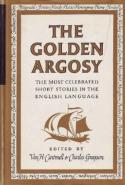 1. The Golden Argosy by Van H. Cartmell & Charles Grayson, editors. (See Steve's appreciation below.)
1. The Golden Argosy by Van H. Cartmell & Charles Grayson, editors. (See Steve's appreciation below.)
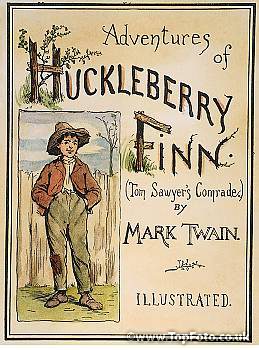 2. Adventures of Huckleberry Finn by Mark Twain (1884). Hemingway proclaimed, “All modern American literature comes from . . . ‘Huckleberry Finn.’ ” But one can read it simply as a straightforward adventure story in which two comrades of conve nience, the parentally abused rascal Huck and fugitive slave Jim, escape the laws and conventions of society on a raft trip down the Mississippi. Alternatively, it’s a subversive satire in which Twain uses the only superficially naïve Huck to comment bitingly on the evils of racial bigotry, religious hypocrisy, and capitalist greed he observes in a host of other largely unsympathetic characters. Huck’s climactic decision to “light out for the Territory ahead of the rest” rather than submit to the starched standards of “civilization” reflects a uniquely American strain of individualism and nonconformity stretching from Daniel Boone to Easy Rider.
2. Adventures of Huckleberry Finn by Mark Twain (1884). Hemingway proclaimed, “All modern American literature comes from . . . ‘Huckleberry Finn.’ ” But one can read it simply as a straightforward adventure story in which two comrades of conve nience, the parentally abused rascal Huck and fugitive slave Jim, escape the laws and conventions of society on a raft trip down the Mississippi. Alternatively, it’s a subversive satire in which Twain uses the only superficially naïve Huck to comment bitingly on the evils of racial bigotry, religious hypocrisy, and capitalist greed he observes in a host of other largely unsympathetic characters. Huck’s climactic decision to “light out for the Territory ahead of the rest” rather than submit to the starched standards of “civilization” reflects a uniquely American strain of individualism and nonconformity stretching from Daniel Boone to Easy Rider.
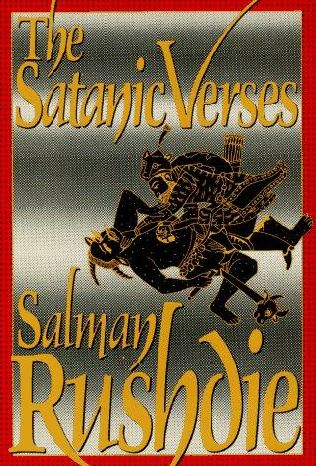 3. The Satanic Verses by Salman Rushdie (1988). After terrorists blow up their plane, two Indian actors fall from the sky. When they land, one has a halo, the other horns. This lush, lyric, sensual, and surreal novel then follows two main interrelated plots that skate along the blurry lines between good and evil, love and betrayal, knowledge and ignorance. The first plot line details these men’s tangled lives and strange transformations in London and Bombay; the second reimagines the life of Mohammed so critically that Iran’s Ayatollah Khomeni issued a death sentence against Rushdie.
3. The Satanic Verses by Salman Rushdie (1988). After terrorists blow up their plane, two Indian actors fall from the sky. When they land, one has a halo, the other horns. This lush, lyric, sensual, and surreal novel then follows two main interrelated plots that skate along the blurry lines between good and evil, love and betrayal, knowledge and ignorance. The first plot line details these men’s tangled lives and strange transformations in London and Bombay; the second reimagines the life of Mohammed so critically that Iran’s Ayatollah Khomeni issued a death sentence against Rushdie.
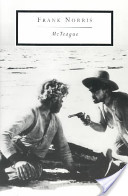 4. McTeague by Frank Norris (1899). Gritty realism, social conscience, and American dreams power this tale of an oafish mineworker who becomes an unlicensed dentist in San Francisco. He marries a young woman and together they share a happy life, until she wins a small fortune in the lottery. This luck enflames their greed and the envy of their friends, leading to ruin for all and to one of the most memorable climaxes in literature: two men —one alive, one dead —handcuffed to one another in Death Valley.
4. McTeague by Frank Norris (1899). Gritty realism, social conscience, and American dreams power this tale of an oafish mineworker who becomes an unlicensed dentist in San Francisco. He marries a young woman and together they share a happy life, until she wins a small fortune in the lottery. This luck enflames their greed and the envy of their friends, leading to ruin for all and to one of the most memorable climaxes in literature: two men —one alive, one dead —handcuffed to one another in Death Valley.
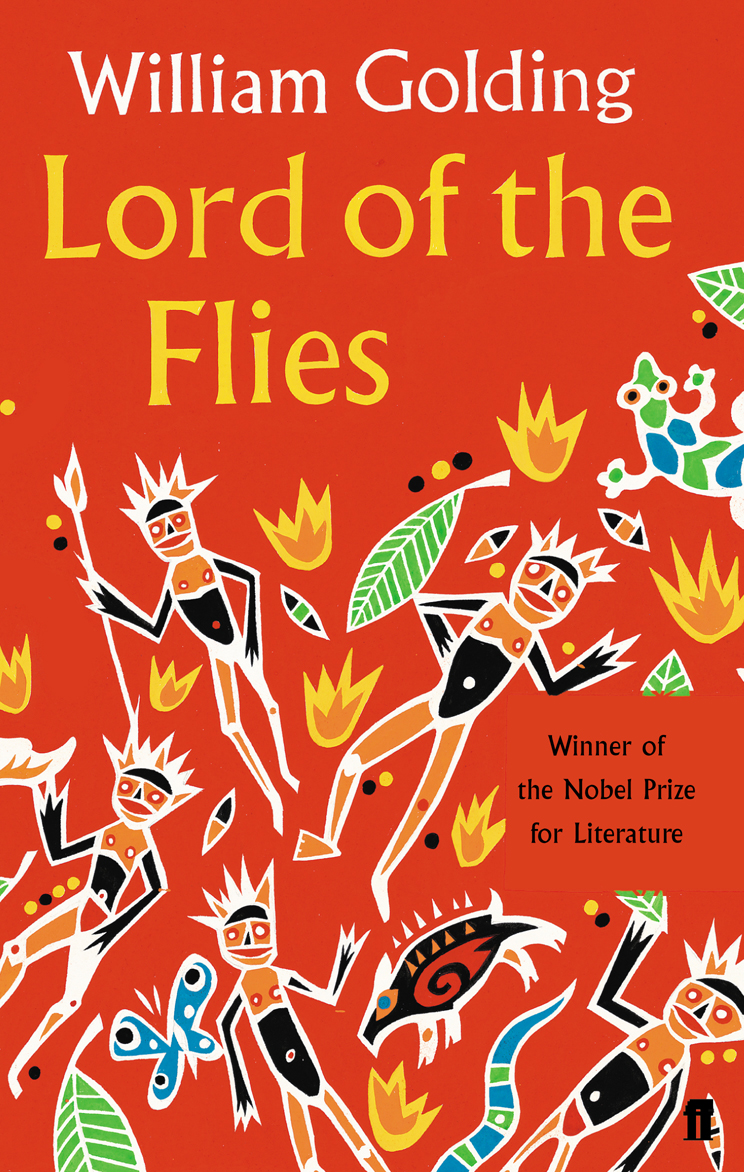 5. Lord of the Flies by William Golding (1955). Usually the most disturbing book on the ninth-grade reading list —who can forget the pig’s head?—the Nobel laureate’s most famous novel depicts a group of boys stranded on an island after a plane crash. Some, like the intellectual Piggy, try to develop rules and society, but savagery takes hold and the boys revert to an order based on violence, tribalism, and eerie rites.
5. Lord of the Flies by William Golding (1955). Usually the most disturbing book on the ninth-grade reading list —who can forget the pig’s head?—the Nobel laureate’s most famous novel depicts a group of boys stranded on an island after a plane crash. Some, like the intellectual Piggy, try to develop rules and society, but savagery takes hold and the boys revert to an order based on violence, tribalism, and eerie rites.
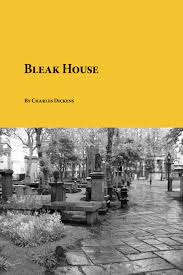 6. Bleak House by Charles Dickens (1853). Dickens is best known for his immense plots that trace every corner of Victorian society, and Bleak House fulfills that expectation to perfection. The plot braids the sentimental tale of an orphan unaware of her scandalous parentage with an ironic and bitterly funny satire of a lawsuit that appears to entail all of London. In doing so, the novel encompasses more than any other Dickens novel, shows the author’s mature skills, and is the only Victorian novel to include an incident of human spontaneous combustion.
6. Bleak House by Charles Dickens (1853). Dickens is best known for his immense plots that trace every corner of Victorian society, and Bleak House fulfills that expectation to perfection. The plot braids the sentimental tale of an orphan unaware of her scandalous parentage with an ironic and bitterly funny satire of a lawsuit that appears to entail all of London. In doing so, the novel encompasses more than any other Dickens novel, shows the author’s mature skills, and is the only Victorian novel to include an incident of human spontaneous combustion.
 7. 1984 by George Orwell (1948). Orwell’s reputation as an antiauthoritarian arises in large part from this novel set in a totalitarian future in which citizens are constantly reminded “Big Brother is watching” as they are spied upon by the Thought Police and one another. In this landscape, Winston Smith is a man in danger simply because his memory works. He understands that the Party’s total control of its citizens is based on its ability to control its message and its citizens’ memories, and he is slowly drawn into a dangerous love affair and then an alliance, called the Brotherhood, of men and women united to fight Big Brother. Some of the vocabulary Orwell created for 1984—newspeak, doublethink, Big Brother —have become part of today’s vocabulary.
7. 1984 by George Orwell (1948). Orwell’s reputation as an antiauthoritarian arises in large part from this novel set in a totalitarian future in which citizens are constantly reminded “Big Brother is watching” as they are spied upon by the Thought Police and one another. In this landscape, Winston Smith is a man in danger simply because his memory works. He understands that the Party’s total control of its citizens is based on its ability to control its message and its citizens’ memories, and he is slowly drawn into a dangerous love affair and then an alliance, called the Brotherhood, of men and women united to fight Big Brother. Some of the vocabulary Orwell created for 1984—newspeak, doublethink, Big Brother —have become part of today’s vocabulary.
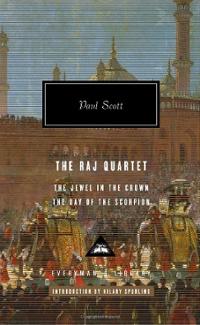 8. The Raj Quartet by Paul Scott (1966–75). Made famous by a popular television series, this rich quartet of novels dramatizes the final years of British rule (“the Raj”) in India through explorations of several intersecting lives. Indian Hari Kumar’s interracial relationship with Englishwoman Daphne Manners, the career and sexual opportunism of Police Super intendent Ronald Merrick, the encroaching madness and despair of idealistic missionary Barbie Batchelor, and the failure of well-intentioned diplomat Guy Perron to decipher the riddle India poses for its would-be conquerors are painstakingly woven into an engrossing, unforgettable extended narrative.
8. The Raj Quartet by Paul Scott (1966–75). Made famous by a popular television series, this rich quartet of novels dramatizes the final years of British rule (“the Raj”) in India through explorations of several intersecting lives. Indian Hari Kumar’s interracial relationship with Englishwoman Daphne Manners, the career and sexual opportunism of Police Super intendent Ronald Merrick, the encroaching madness and despair of idealistic missionary Barbie Batchelor, and the failure of well-intentioned diplomat Guy Perron to decipher the riddle India poses for its would-be conquerors are painstakingly woven into an engrossing, unforgettable extended narrative.
9. Light in August by William Faulkner (1932). This novel contains two of Faulkner’s most telling characters, the doggedly optimistic Lena Grove, who is searching for the father of her unborn child, and the doomed Joe Christmas, an orphan of uncertain race and towering rage. Faulkner’s signature concerns about birth and heritage, race, religion, and the inescapable burdens of the past power this fierce, unflinching, yet hopeful novel.
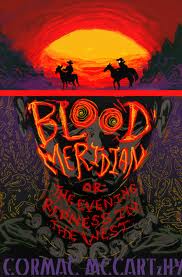 10. Blood Meridian: Or the Evening Redness in the West by Cormac McCarthy (1985). D. H. Lawrence famously remarked that the archetypal American hero was a stoic, a loner, and a killer. Cormac McCarthy’s tale of the formation and dissolution of a band of scalp hunters in northern Mexico in the late 1840s embodies that dire maxim. Led by a soldier named Glanton and a mysterious, hairless, moral monstrosity known as the “Judge,” these freebooters wipe out Indians, Mexicans, and each other amidst a landscape of such sublime desolation one feels it leaching into their very souls.
10. Blood Meridian: Or the Evening Redness in the West by Cormac McCarthy (1985). D. H. Lawrence famously remarked that the archetypal American hero was a stoic, a loner, and a killer. Cormac McCarthy’s tale of the formation and dissolution of a band of scalp hunters in northern Mexico in the late 1840s embodies that dire maxim. Led by a soldier named Glanton and a mysterious, hairless, moral monstrosity known as the “Judge,” these freebooters wipe out Indians, Mexicans, and each other amidst a landscape of such sublime desolation one feels it leaching into their very souls.
Appreciation of The Golden Argosy by Stephen King
I first found The Golden Argosy in a Lisbon Falls (Maine) bargain barn called The Jolly White Elephant, where it was on offer for $2.25. At that time I only had four dollars, and spending over half of it on one book, even a hardcover, was a tough decision. I’ve never regretted it.
Originally published in 1947 and reissued in 1955—but not updated or reprinted since—The Golden Argosy is an anthology of roughly fifty-five short stories. The editors made no pretensions to “quality fiction,” but simply tried to publish the best-loved stories published in the nineteenth and twentieth centuries, up to the post–World War II period.
Though it is in terrible need of updating (there is no Raymond Carver, for instance, no Joyce Carol Oates, because such writers came along too late for inclusion), it remains an amazing resource for readers and writers, a treasury in the true sense of the word, covering everything from sentimental masterpieces such as Bret Harte’s “The Outcasts of Poker Flat” to realistic character studies such as “Paul’s Case” by Willa Cather.
Every reader will find glaring omissions (Dorothy Parker’s “Big Blonde,” for instance), but you’ve got your Faulkner classic (“A Rose for Emily”), your Hemingway (“The Killers”), and your Poe (“The Gold-Bug”). It includes “The Rich Boy,” in which F. Scott Fitzgerald famously observes “the rich are different from you and me,” and overlooked gems from writers such as Sherwood Anderson (“I’m a Fool”) and John Collier (“Back for Christmas”).
The Golden Argosy taught me more about good writing than all the classes I’ve ever taken. It’s the best $2.25 I ever spent.